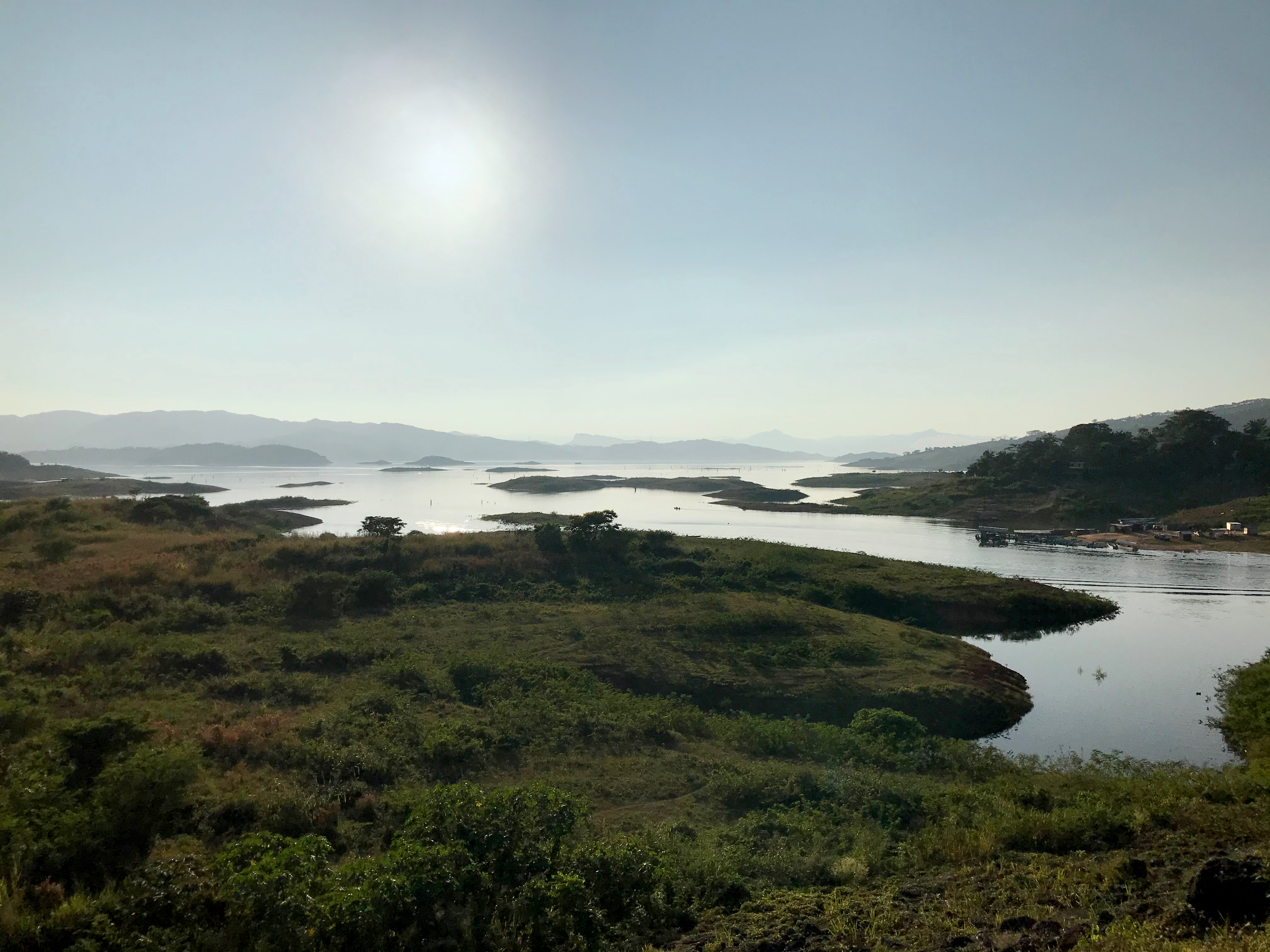Abstract
This paper shows how the construction of the Malpaso dam in Chiapas produced territorial dynamics unforeseen by the institution that sponsored its construction. Based on interviews with the inhabitants of Raudales Malpaso, and the consultation of archives and reports mainly from the Grijalva River Commission, we observed that each of the stakeholders involved had very particular territorial appropriation dynamics. The article analyzes the way the vision of each group of actors of the territory serves to intervene and appropriate it. The socio-cultural approach to the construction of territory is used to analyze the voluntary arrival of people associated with hydraulic works. Their territorial dynamics are expressed in space and time particularly through labor activities and the creation of a permanent settlement. The paper demonstrates how state actions can create multiple dynamics for the appropriation of territory, a different phenomenon from the displacement traditionally studied in relation to dams.

Sociedad y Ambiente by ECOSUR is licensed under a Creative Commons Reconocimiento-NoComercial-SinObraDerivada 2.5 México License


